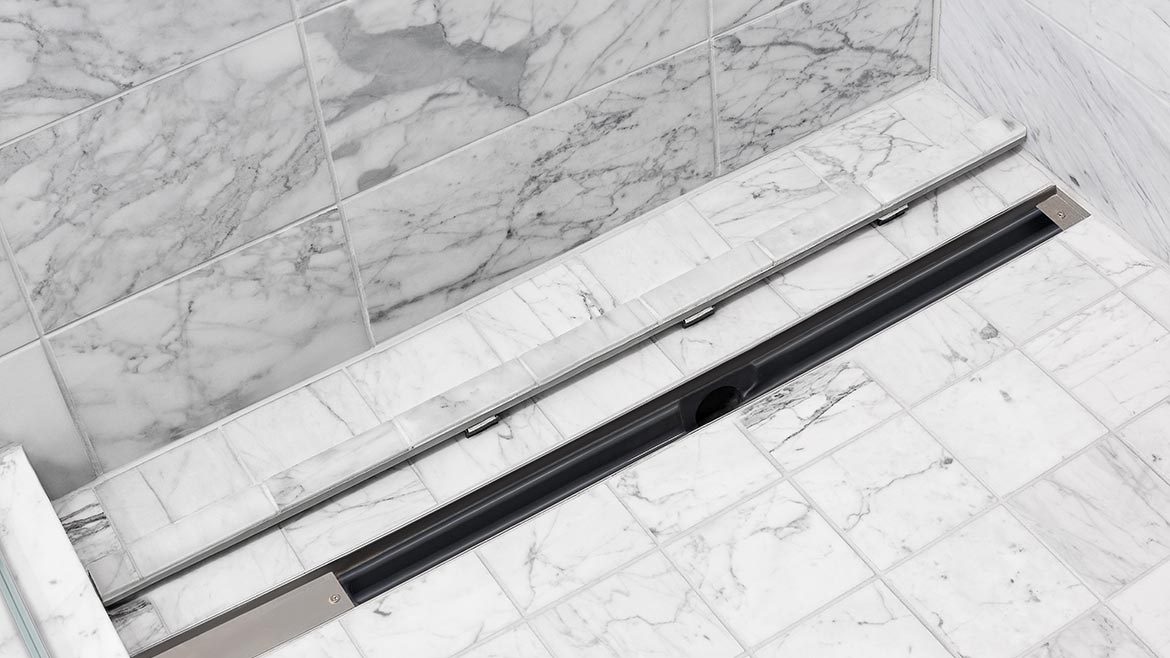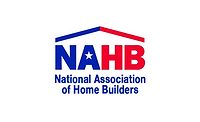Total housing starts decreased 1.5 percent in February from an upwardly revised January reading to a seasonally adjusted annual rate of 1.60 million units, according to a report from the U.S. Housing and Urban Development and Commerce Department. Meanwhile, overall permits declined 5.5 percent to 1.46 million.
The February reading of 1.60 million starts is the number of housing units builders would begin if they kept this pace for the next 12 months. Within this overall number, single-family starts increased 6.7 percent to a 1.07 million seasonally adjusted annual rate, the highest level since June 2007. The multifamily sector, which includes apartment buildings and condos, decreased 14.9 percent to a 527,000 pace.
"Housing starts were strong at the outset of 2020, as builders started production of homes to meet consumer demand at the beginning of the year," said Dean Mon, chairman of the National Association of Home Builders (NAHB) and a home builder and developer from Shrewsbury, N.J. "While these are solid numbers, the report is backward looking. Challenges lie ahead due to broad economic weakening stemming from the coronavirus crisis."
"As indicated by some of the softening in builder confidence in March, housing construction faces significant headwinds as we enter the spring season," said NAHB Chief Economist Robert Dietz. "With a rising number of economic sectors on a partial or full pause due to coronavirus mitigation, housing demand and the ability to continue full construction of homes is at significant risk."
Regionally in February, combined single- and multifamily housing production increased 16.7 percent in the Midwest and 15.2 percent in the South. Starts fell 41.4 percent in the Northeast and 18.2 percent in the West.
Overall permits declined 5.5 percent to a 1.46 million unit annualized rate in February. Single-family permits increased 1.7 percent to a 1 million unit rate, while multifamily permits decreased 18.3 percent to a 460,000 pace.
Looking at regional permit data, permits dropped 25.1 percent in the Northeast, 8.2 percent in the Midwest, 1.6 percent in the South and 2.5 percent in the West.
To learn more, visit nahb.org.






